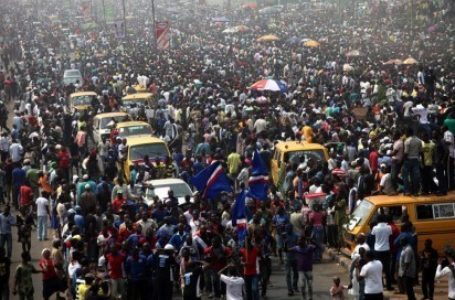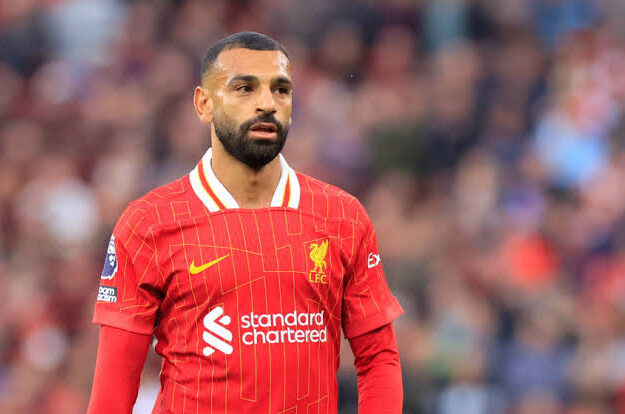
Central banks around the world are loosening monetary policy to offset a global slowdown made worse by U.S.-China trade tensions. In the light of softening global growth and weaker-than-anticipated domestic output recovery. The Central banks of India & Nigeria recently met and set their monetary policy rates to reflect the changes in the global economy. We will take a look at two of these Countries and what their decisions mean for the Citizens involved. The Committees evaluated developments in the global and domestic economies and examined the outlook for their respective economies going forward while noting the build-up of vulnerabilities in major Advanced Economies and its spill-over to the Emerging Markets and Developing Economies (EMDEs).
Monetary policy is a deliberate action of the monetary authorities to influence the quantity, cost and availability of money credit to achieve desired macroeconomic objectives of internal and external balances. The activity is carried out through changing money supply or interest rates to manage the quantity of money in the economy. Monetary policies tend to increase the amount of money in the system or reduce the amount of money supply available in the economy or constrain the growth or ability of the deposit money banks to grant further credit, depending on the overall direction of the CBN. The primary objective of monetary policy is the realization of stable non-inflationary growth.
INDIA
The Reserve Bank of India (RBI) on 4th October 2019 reduced repo rate by 25 basis points (bps) to 5.15 per cent marking the fifth straight rate cut from the RBI. The cut will create an overall decline of 135bps or 1.35 percentage point in the key lending rate. Also, the reverse repo rate stood at 4.9%, thus maintaining an accommodative stance that the Bank has chosen to uphold for as long as it is required to achieve growth. After a three-day meeting, the Monetary Policy Committee (MPC) of the apex bank also cuts GDP growth forecast for the current fiscal year 2019-20 to 6.1% from 6.9% earlier.
Repo rate is the rate at which the RBI lends to banks, while the reverse repo rate is at which it borrows from banks.
NIGERIA
The CBN Governor, Mr Godwin Emefiele, on 20th September 2019 read the communique announcing decisions reached its September meeting in the nation’s capital, Abuja. The CommitteeCommittee voted to retain MPR at 13.5%, to retain asymmetric corridor at +200 and -500 basis points around the MPR, to retain CRR at 22.5% and to retain the liquidity ratio at 30%. Data from the National Bureau of Statistics (NBS) showed that real Gross Domestic Product (GDP) grew by 1.94 per cent in the second quarter of 2019, compared with 2.10 and 1.50 per cent in the preceding and corresponding quarters, respectively. The average growth, the CBN believes, is consistent with global trends of dampening output growth and was driven mainly by the oil sector.
The MPR (Monetary Policy Rate) is the interest rate which determines the levels of the rest of the interest rates in the economy since it is the price at which private agents-mostly private banks-obtain money from the Central Bank. These banks will then offer financial products to their clients at an interest rate based on the policy rate.
The Cash Reserve Ratio (CRR) is the share of a bank’s total deposit that is mandated by the Central Bank maintained with the latter in the form of liquid cash. The Base Rate also helps the banks to cut down on their cost of lending to be able to extend affordable loans.
Liquidity ratio refers to the proportion of highly liquid assets held by financial institutions, to ensure their ongoing ability to meet short-term obligations.
WHAT DO THESE NUMBERS MEAN?
Looking at the cut in Repo rate and Monetary Policy rate between India & Nigeria respectively, we can see that India has opted to reduce its repo rate thus trying to boost its economy in response to global economic shocks to GDP. This allows banks to lower interest rates for consumers and offer lower equal monthly instalments on home loans, car loans and personal loans which all points to an increase in supply of money within their economy and an increase in inflation although inflation is still expected to remain below target in the remaining period of 2019-20 and Q1:2020-21
However, Nigeria’s decision to retain its monetary policy is a resolve the MPC has embarked on to grow consumer, mortgage and corporate credit.
The plan here is that the monetary policy will drive the aggregate demand for labour and increase in output growth. The CBN has developed several measures to ensure the economy remains viable, with its only threat being a situation where its monetary policies are unmatched with the fiscal policies.
You may be interested

Orban’s Lyon Face Provisional Relegation To Ligue 2 Amid Financial Woes
Webby - November 15, 2024Olympique Lyon the club of Nigerian striker Gift Orban, have been handed a provisional Ligue 1 relegation by theDNCG who…

Ghana Miss Out On AFCON 2025 Qualification After Draw With Angola
Webby - November 15, 2024Black Stars of Ghana’s hopes of qualifying for next year’s AFCON was ended after they played a 1-1 draw away…

‘It Was A Fair Result’ — Troost-Ekong Reacts To Super Eagles Stalemate Vs Benin Republic
Webby - November 15, 2024Super Eagles captain William Troost-Ekong claimed the Super Eagles deserved a point from their 2025 Africa Cup of Nations qualifying…

















![American Pastor, David Wilson Seen Eating The Box Of Woman Who Isn’t His Wife [Video]](https://onlinenigeria.com/wp-content/uploads/2019/10/american-pastor-david-wilson-seen-eating-the-box-of-woman-who-isnt-his-wife-video-150x150.jpg)









